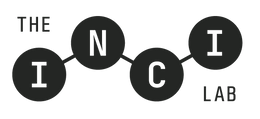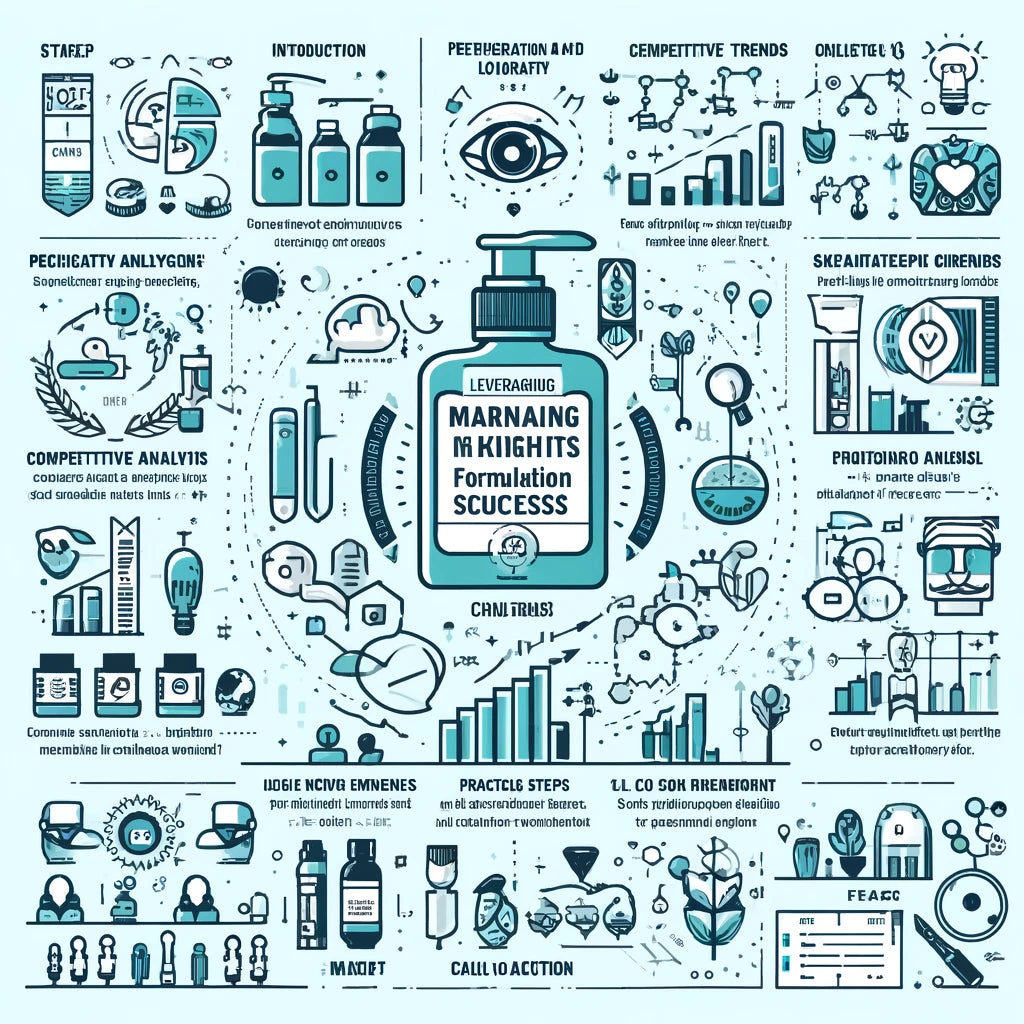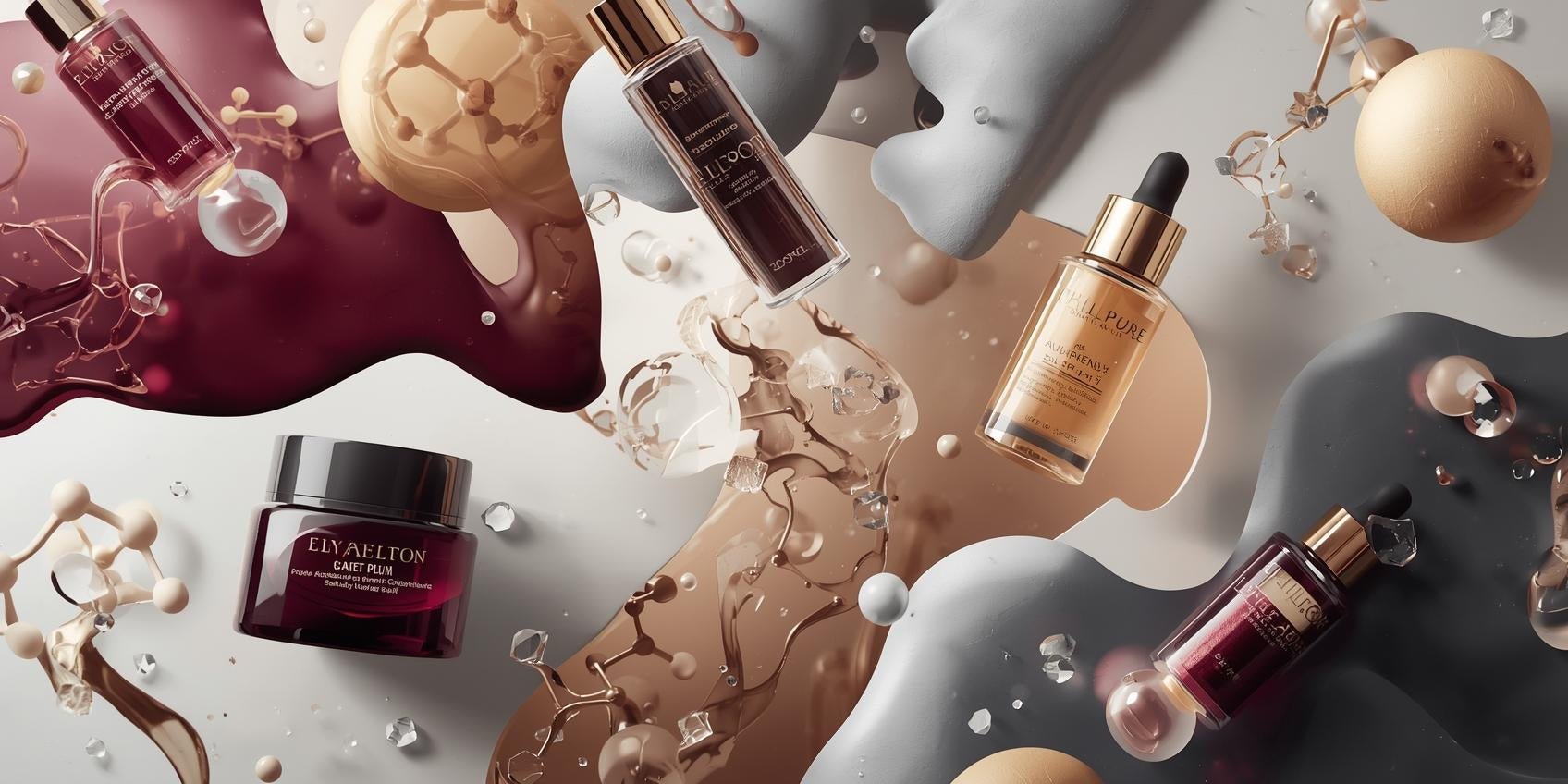Growth in Global Skincare Sectors
The skincare market has shown remarkable resilience and growth. According to estimates from Euromonitor International, the global value of the skincare market in 2023 is projected to be between $100.3 billion and $107.3 billion. Key segments driving this growth include facial care, body care, and hand care, each experiencing significant increases in consumer spending:
- Facial care: $125.6 billion (+6.6%)
- Body care: $29.9 billion (+3.8%)
- Hand care: $3.7 billion (+3.6%)
- Sets/kits: $2.9 billion (+2.7%)
(Source: Euromonitor International)
Ingredient-Led Launches
Consumers today are more educated and selective about the ingredients in their skincare products. This has led to a surge in ingredient-led launches, where brands focus on specific components known for their efficacy. Notable examples include:
- The Ordinary and The Inkey List: These mid-range brands have gained popularity due to their transparency and focus on potent, science-backed ingredients.
- No7’s Future Renew: A range incorporating new 'super peptide' technology aimed at skin repair.
(Source: Circana, Cosmetics Business)
Emphasis on Skin Health
The concept of skin health has become mainstream, driven by consumer desire for products that not only enhance beauty but also improve skin health. Products focusing on barrier repair, hydration, and anti-aging are particularly popular.
(Source: Mintel, Cosmetics Business)
Technology and Customization
Advances in technology have paved the way for personalized skincare solutions. Brands are leveraging data and AI to create customized skincare routines tailored to individual needs. This trend is seen in the rise of smart skincare devices and apps that analyze skin conditions and recommend products accordingly.
(Source: Cosmetics Business)
Sustainable and Ethical Practices
Sustainability continues to be a major focus, with brands adopting eco-friendly packaging, ethical sourcing, and cruelty-free practices. Consumers are increasingly prioritizing brands that align with their values, leading to the growth of B-Corp certified companies and initiatives aimed at reducing environmental impact.
(Source: Cosmetics Business)
Key Markets and Growth Regions
The skincare market is witnessing robust growth across various regions. In Europe, for instance, the market segments showing the most significant value growth in 2023 include:
- Mid-range brands: +18%
- Prestige brands: +8%
- Facial skin care: +8%
- Sun care: +11%
- Body care: +12%
- Toners and clarifiers: +20%
- Lip treatments: +49%
- Serums: +12%
(Source: Circana, Cosmetics Business)
Moreover, the top five skincare countries by size in 2022 were China ($41.0 billion), the US ($25.8 billion), Japan ($13.7 billion), South Korea ($5.4 billion), and Germany ($4.7 billion), showcasing the global demand for skincare products.
(Source: Euromonitor International)
Premium and Personalized Skincare
An increasingly polarized category, skincare is seeing mid-tier brands gain ground, while ultra-premium skincare remains strong. In 2024, this trend is expected to continue, with a forecast global value of $169.0 billion (+5.4%). Brands are now focusing on creating highly personalized products to cater to individual skin needs. This includes innovations like Elemis’ travel-size sets that encourage consumers to transition to full-sized products.
(Source: Euromonitor International, Circana, Cosmetics Business)
Challenges and Opportunities
Despite positive trends, the industry faces several challenges. Brands must navigate a highly competitive market, address sustainability issues, and meet evolving consumer expectations for transparency and efficacy. There is a growing need for personalized skincare, driving innovation. Brands like And Begin are leading this trend by offering products tailored to specific life stages, enhancing customer experience and loyalty.
(Source: Cosmetics Business)
Bright and Booming Markets
Consumers are shopping across channels to find the best mix of skincare products, and they are willing to spend where they see value. In the UK, the skincare market has recorded its fastest growth in years, with significant increases in both mass and prestige segments. Notably, mass skincare grew by 20%, while prestige skincare grew by 6%. Similar trends are observed in the US, with a 16% growth in prestige skincare between January and December 2023.
(Source: Kantar, Cosmetics Business)
Hybrid Products and Market Dynamics
Face serums and cleansers are leading the charge in the skincare market, with consumers increasingly turning to hybrid products that address multiple skin concerns. Brands like Tinted are gaining popularity for their innovative formulations that target multiple skin issues simultaneously. Additionally, consumers are exploring various channels to find the best products, contributing to the growth of both online and in-store sales.
(Source: Mintel, Circana, Cosmetics Business)
US and Chinese Markets
The US skincare market is also experiencing robust growth, particularly in facial skincare, creams, serums, and cleansers. Similarly, in China, despite economic challenges, the market is expected to pick up, with an annual growth rate projected at 8.5% between 2024 and 2028. Both markets are seeing a shift towards products that combine efficacy with convenience, driving innovation and consumer loyalty.
(Source: Circana, Cosmetics Business)
Conclusion
The skincare industry in 2023 is marked by dynamic growth, innovation, and a consumer base that is more informed and selective than ever. As we move into 2024 and 2025, the industry is expected to continue its growth trajectory, with a particular focus on multifunctional products and ethical sourcing. Consumers are increasingly looking for skincare solutions that offer multiple benefits, making the choice of the right ingredients crucial for brands. The emphasis on sustainability and transparency will remain key drivers in consumer decision-making.
For those seeking more details on choosing the best ingredients for skincare, understanding consumer preferences and staying updated with the latest research and innovations will be essential. Brands that can effectively combine multifunctionality with ethical practices are likely to stand out and succeed in this competitive market.
Contact us for the best formulating options and learn more about how to choose the right ingredients for your skincare products.




